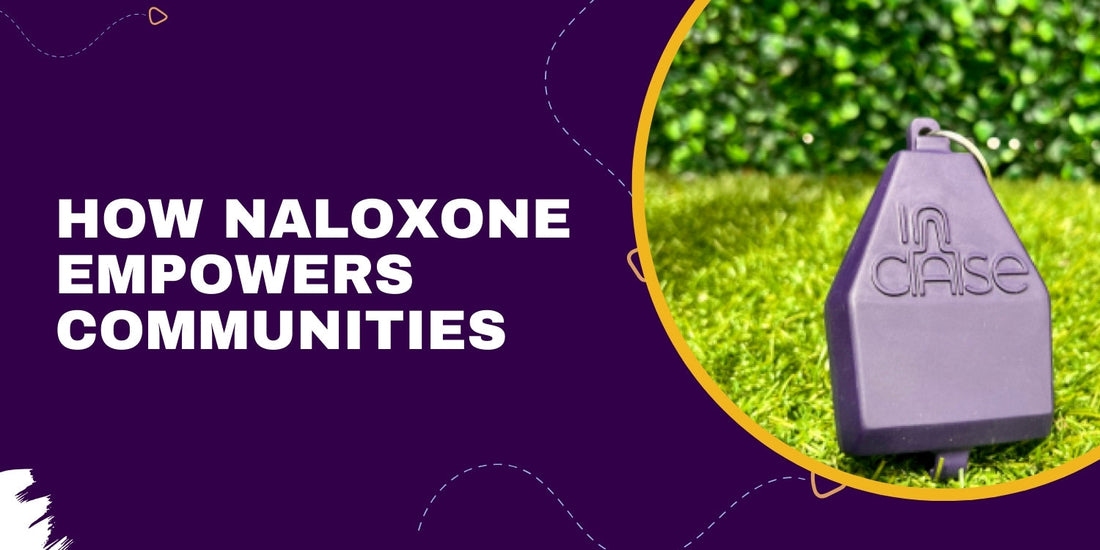
How Naloxone Empowers Communities: The Role of Harm Reduction Programs
Share
The Power of Harm Reduction
Harm reduction is a public health approach designed to minimize the negative consequences of drug use while promoting safety, education, and access to care. Unlike punitive strategies that criminalize substance use, harm reduction acknowledges that drug use exists and focuses on practical solutions to reduce harm rather than punish individuals. By providing essential resources and fostering community support, harm reduction programs empower people to take proactive steps toward their well-being, whether or not they seek treatment.
Naloxone is at the core of harm reduction efforts, serving as a life-saving intervention that prevents opioid-related fatalities. These programs not only distribute naloxone but also educate individuals, families, and entire communities on how to recognize and respond to overdoses. By normalizing naloxone use and equipping people with knowledge, harm reduction strategies significantly decrease overdose deaths and encourage public awareness about substance use and health.
The Impact of Harm Reduction Programs
Harm reduction programs have been shown to:
● Reduce overdose fatality rates in communities where naloxone is widely distributed.
● Increase access to addiction treatment by building trust between individuals and healthcare providers.
● Lower the spread of infectious diseases by offering clean syringe exchanges and safe-use supplies.
● Reduce stigma around drug use, making it easier for individuals to seek care without fear of judgment or punishment.
Harm reduction programs are not about condoning drug use—they are about saving lives, preventing harm, and ensuring that individuals have access to healthcare and support when they need it most. By distributing naloxone, these programs create safer communities and give people the tools they need to respond effectively to an overdose emergency.
The Role of Public Access Naloxone Cases
One of the most effective harm reduction strategies is making naloxone easily accessible in public spaces. To address this need, indoor public access Narcan cases are being installed in high-risk locations, ensuring that naloxone is available in the same way as Automated External Defibrillators (AEDs). These publicly accessible naloxone kits allow bystanders to respond quickly to an overdose, dramatically increasing the chances of survival.
Where Public Access Naloxone Cases Are Being Installed
Public access naloxone cases are now commonly placed in:
● Libraries and community centers, where individuals at risk of overdose may seek shelter or support.
● Transit stations, airports, and bus depots, where overdoses frequently occur in restrooms and waiting areas.
● Bars, nightclubs, and concert venues, where recreational drug use increases the risk of fentanyl exposure.
● Workplaces, offices, and public buildings, ensuring that employees and visitors have access to naloxone in emergencies.
These cases are designed for ease of use, often including instructions and multiple naloxone doses to account for potent opioids like fentanyl.
Why Public Access Naloxone Matters
● Bystanders are more likely to intervene when naloxone is immediately available in an overdose situation.
● Providing public naloxone access reduces stigma, making overdose response a normalized part of public health safety.
● Communities with widespread naloxone access see fewer opioid-related deaths, showing that education and availability make a measurable impact.
Harm reduction efforts are more than just naloxone distribution—they foster a culture of care, prevention, and readiness. By ensuring naloxone is accessible in public spaces, we equip entire communities with the resources to save lives and prevent unnecessary tragedies.
Beyond Naloxone: The Broader Impact of Harm Reduction
While naloxone is a key tool in preventing overdose deaths, harm reduction programs offer a wide range of services aimed at improving health and well-being. These programs provide individuals who use drugs with safer alternatives, medical care, and community support, all of which contribute to reducing harm and encouraging long-term wellness.
Additional Harm Reduction Services
● Syringe exchange programs, which provide clean needles to reduce the spread of infectious diseases such as HIV and hepatitis C.
● Fentanyl test strips, which allow individuals to test substances for dangerous contaminants, reducing the risk of accidental overdose.
● Supervised consumption sites, where individuals can use substances under medical supervision, preventing overdoses and offering immediate care if needed.
● Peer support networks, which connect individuals with harm reduction advocates, addiction treatment programs, and housing assistance.
Why Harm Reduction Works
● It builds trust between communities and healthcare providers, making individuals more likely to seek medical help when needed.
● It prevents unnecessary deaths, giving people a second chance to seek recovery or treatment.
● It reduces healthcare costs, lowering the burden on emergency rooms by preventing overdoses before they happen.
Harm reduction programs do not enable drug use—they acknowledge the reality of substance use and provide practical solutions that protect lives. Every individual who survives an overdose has another opportunity to seek help, change their circumstances, or pursue recovery.
How You Can Support Harm Reduction Efforts
Supporting harm reduction initiatives helps create safer communities and ensures that people experiencing substance use challenges have the resources they need. Here’s how you can help:
● Carry naloxone and learn how to administer it in case of an overdose emergency.
● Advocate for public naloxone cases in your workplace, community, or public spaces.
● Educate others about harm reduction, overdose prevention, and the importance of naloxone availability.
● Donate to harm reduction programs, which rely on community support to provide free naloxone kits, safe-use supplies, and addiction treatment resources.
Harm reduction is not just a public health strategy—it is a movement that empowers people, saves lives, and strengthens communities. By making naloxone available and supporting harm reduction efforts, we can help prevent overdose deaths and provide individuals with the care and dignity they deserve.
Carry naloxone Kit, advocate for harm reduction, and be part of the solution.


